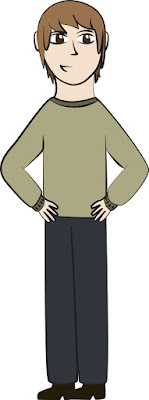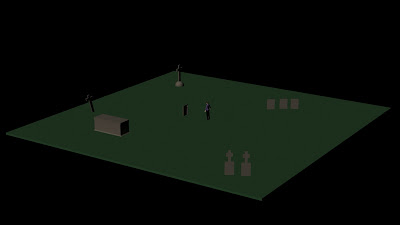Fig 1. Psycho poster (1960) When we think of Alfred Hitchcock, we think of only one film – Psycho (1960). The film has gone down in history as one of the most perfect pieces of horror cinema even to this day with the way that it twists that story one way and then twists it in another right near the end. Even to this day Psycho has left its mark on popular culture be it the iconic music used or the way that one scene left audiences checking round their shower curtains. The story of the film starts off with the audience following Marion as she steals $40,000, that she said would put in the bank for her boss, with the plan to give it to her boyfriend to clear his debts so they can marry. On her way, she stops off at the Bates Motel and meets Norman Bates, the owner. After a short talk about his mother, who had been seen at the window, Marion gets ready for bed by taking a shower however it soon becomes her own blood that starts to run down the plug hole. With this twist the story...












